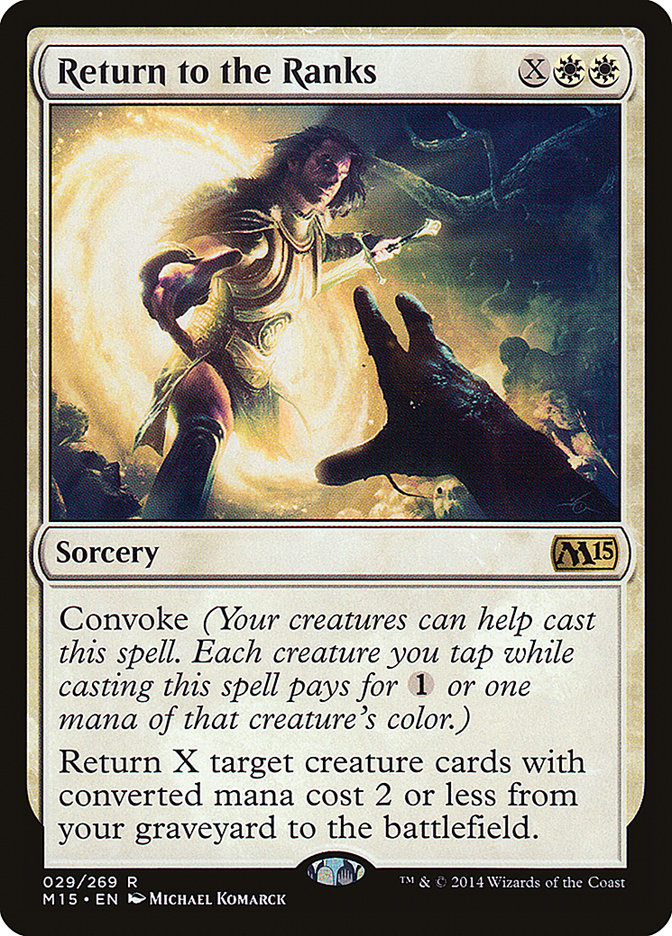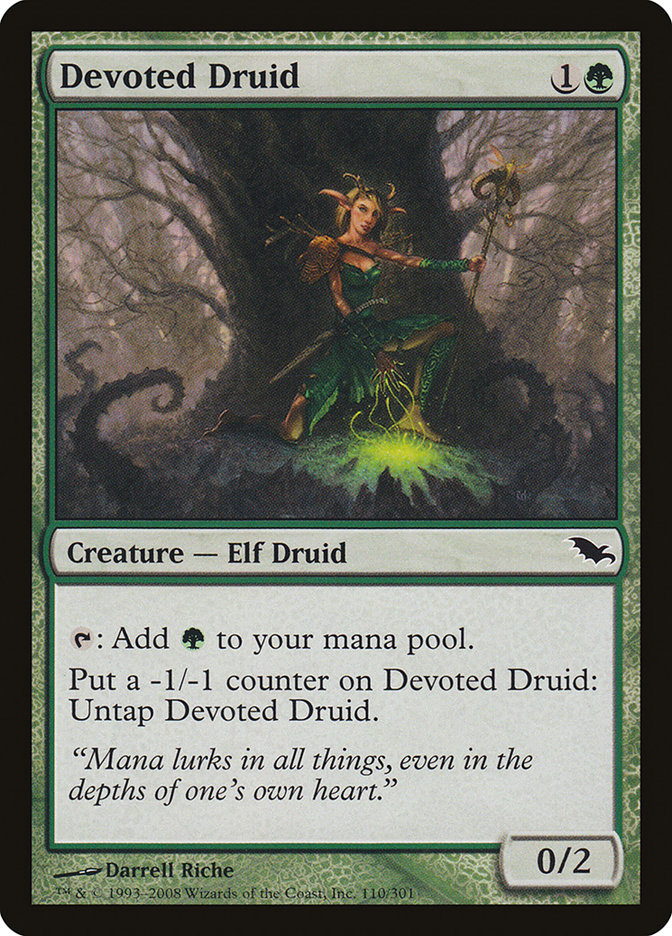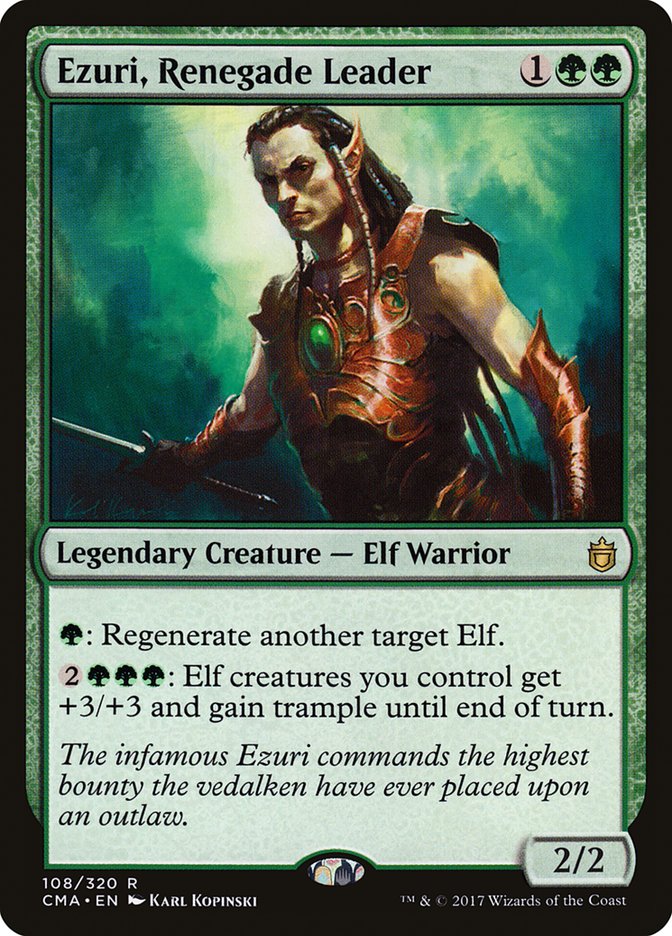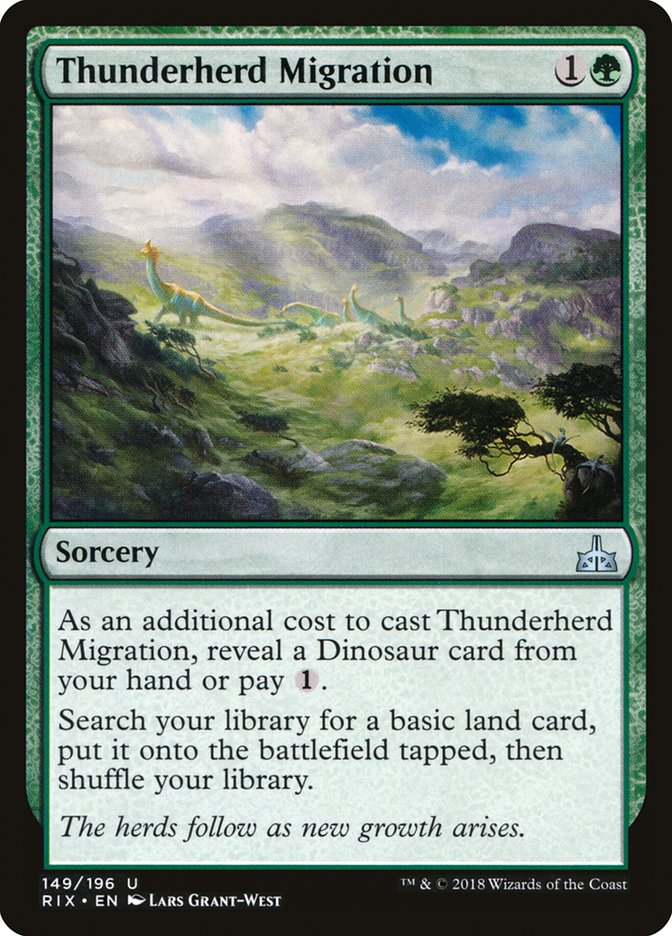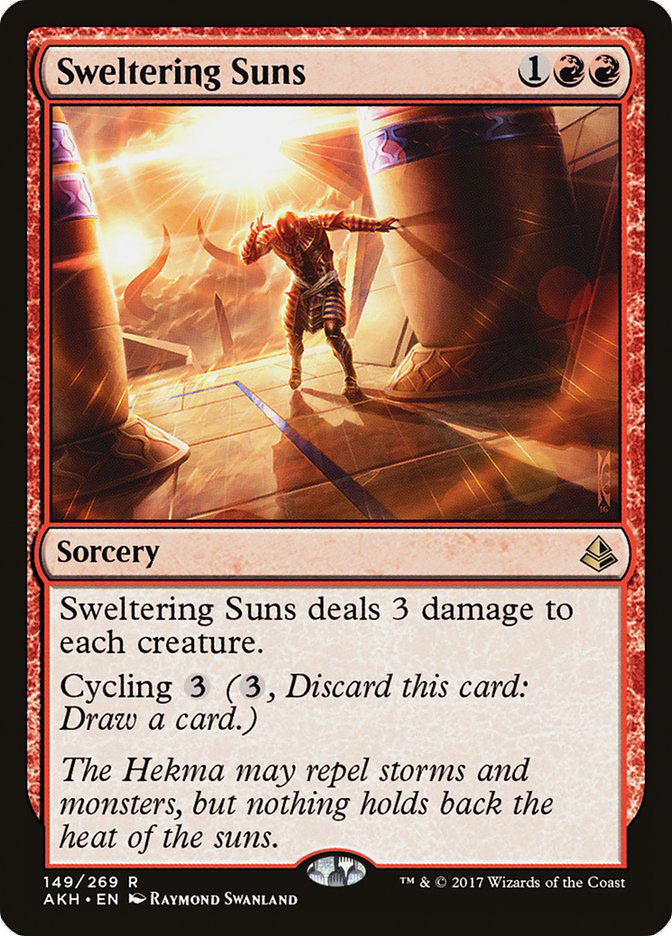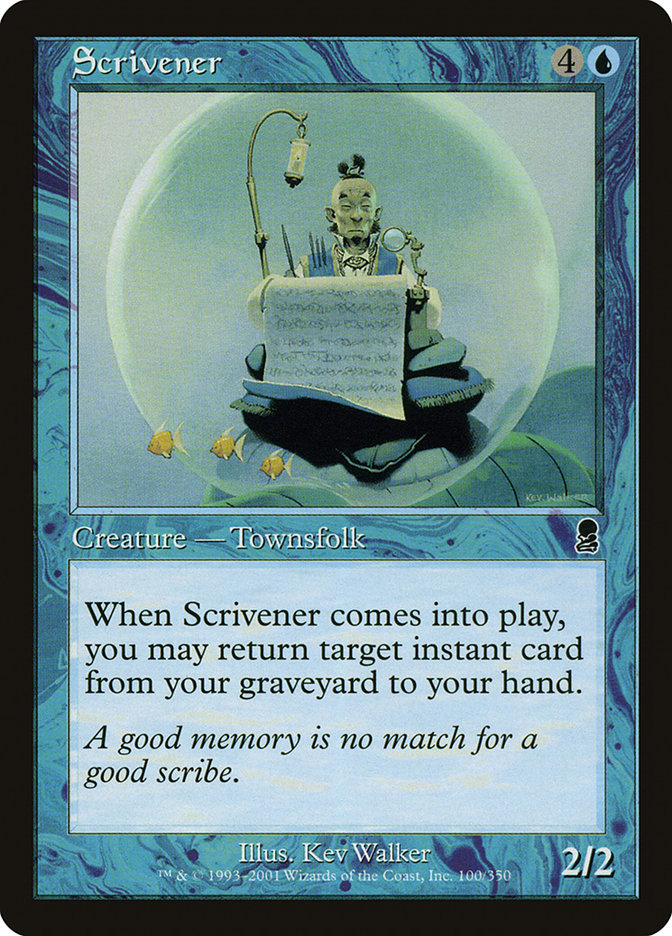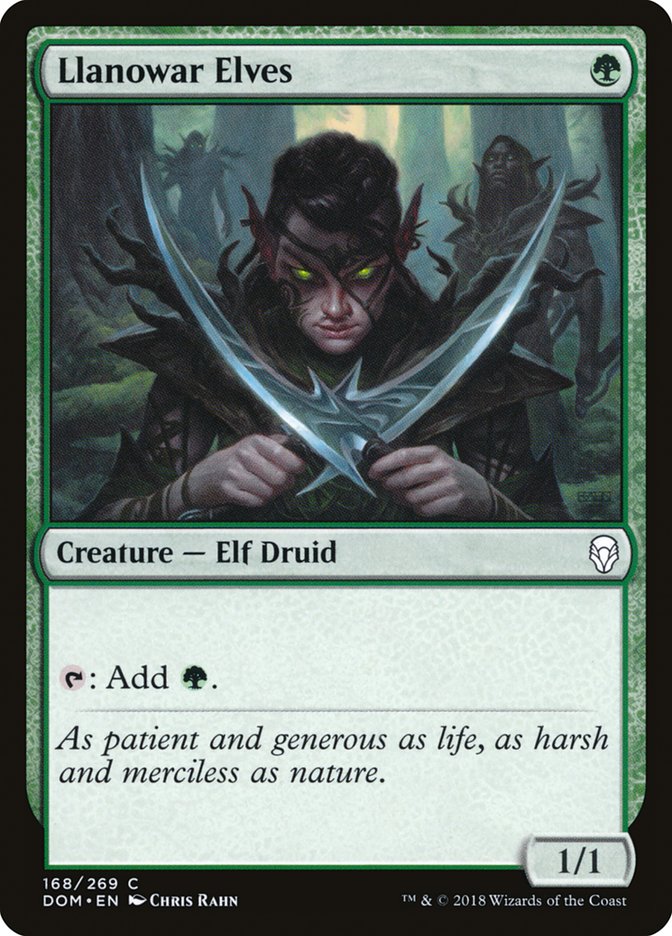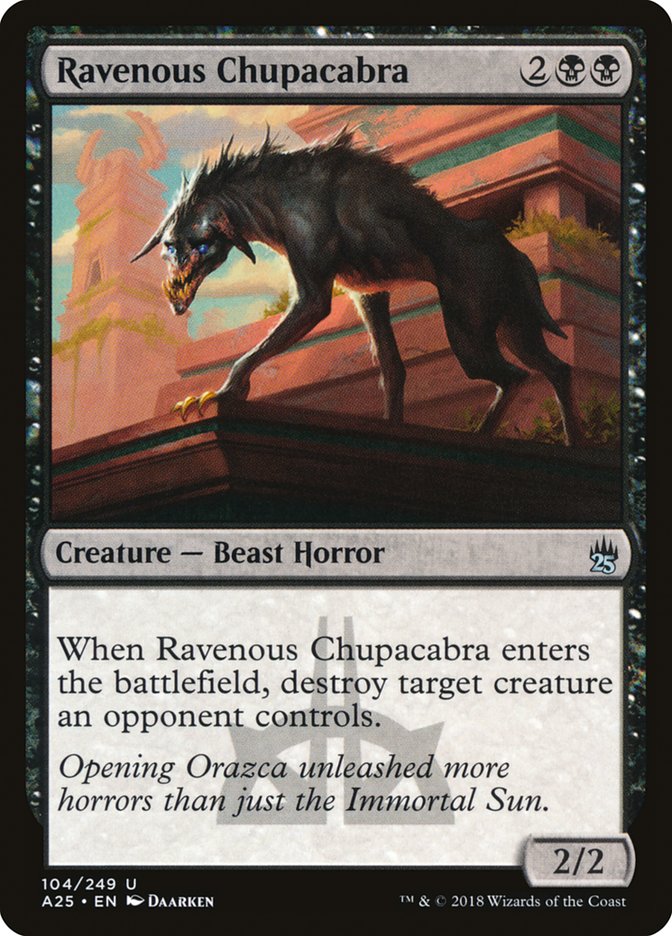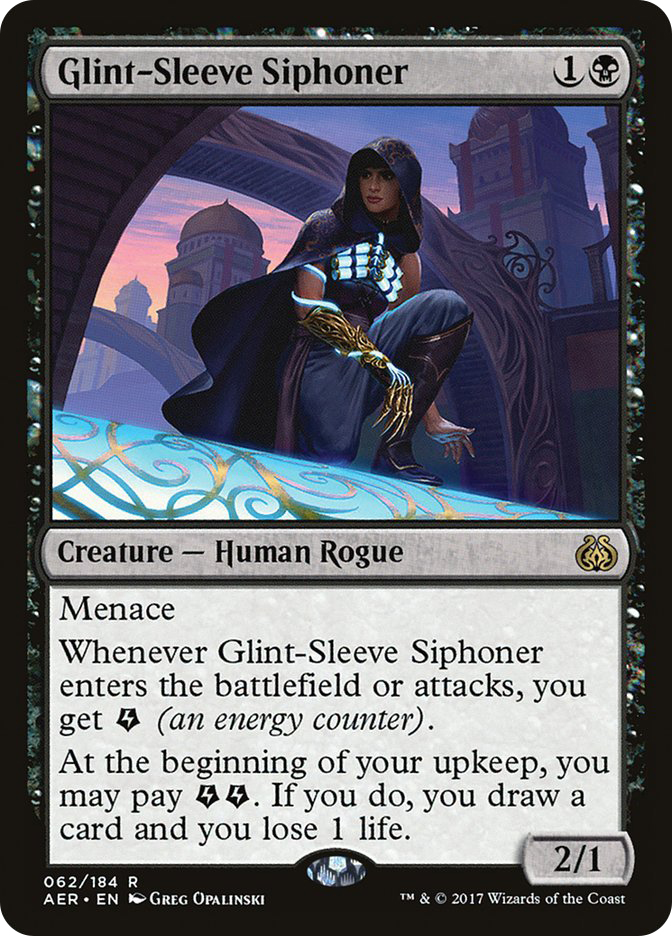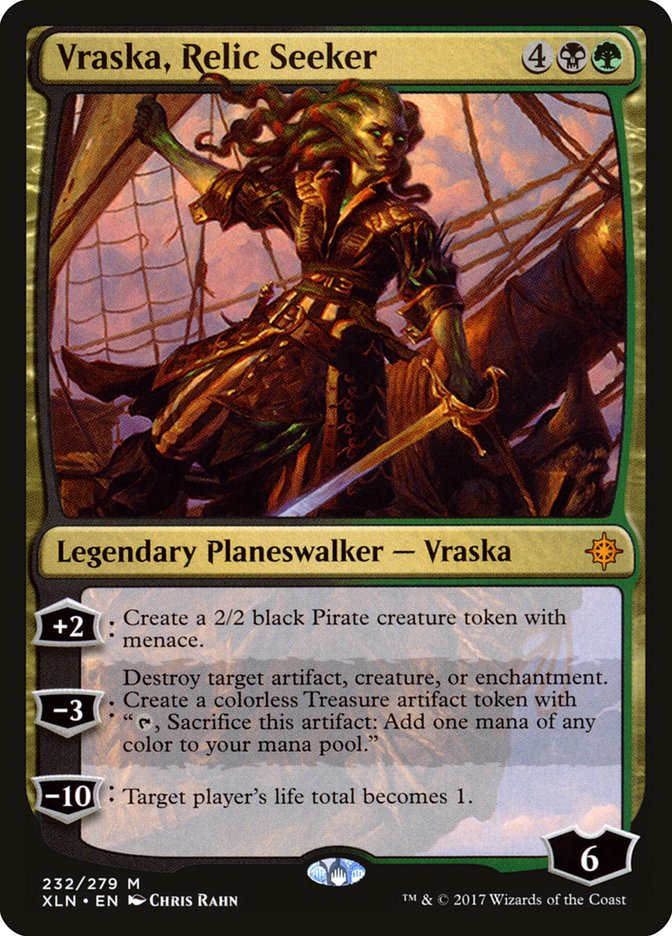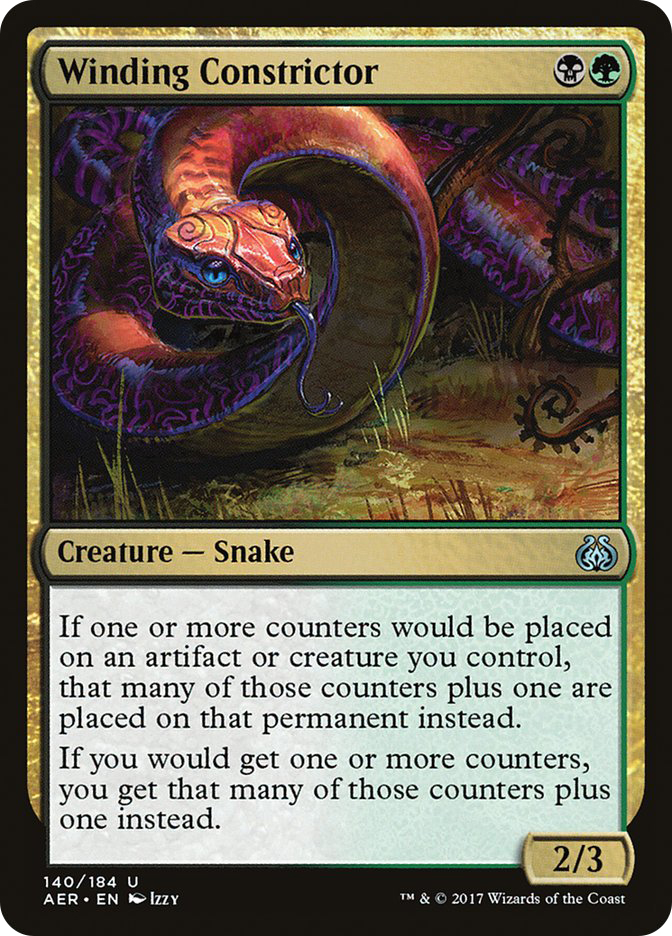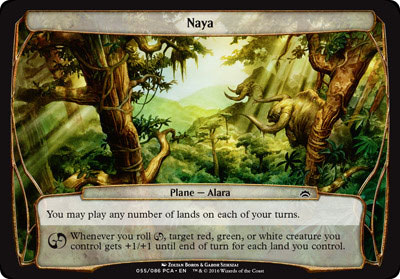First off, let me say that it was an honor and a privilege to do commentary at SCG Baltimore alongside the best in the business, Cedric Phillips. I received an overwhelming amount of support from the community and, oddly enough, Twitch chat. For those wondering, I’ll be in the booth once again come #SCGCON in a few weeks, covering both the Season One Invitational as well as the Top 8 of the No Banned List Modern Open. And while I do love playing in every Invitational, I’m very much enjoying looking down from the booth and sharing my thoughts with you fine people.
I won’t go into it too much, but there’s something strange, but fulfilling, about doing commentary instead of actually playing Magic. I’ve been battling for so long that it feels nice to be a part of the program without the pressure of having to actually win matches. With that said, battling is in my blood, and I’ll be returning to the ranks in between commentary gigs. And, as always, writing articles and making videos for the VS series.
But what they don’t tell you is that you start to see a lot more from above. Looking down from the booth, you get to experience two or more decks each round and see all the interactions, decisions, and deck building choices. I’ll say that I learned a lot more about Standard from doing commentary last weekend than I would have playing matches.
Every round, I’d be handed six or so decklists from Nick Miller to look over, analyze, and discuss with Cedric. And when you’re forced to give your thoughts on a decklist, player, or in-game decision on the spot, you exercise a lot more of your critical thinking skills than you realize.
Every time I’d see a sweet interaction that I had previously missed before, or deck-building scheme that looked brilliant, I was in awe. The people who play this game are so smart, talented, and creative. I just want y’all to know that I love each and every one of you and I’m so taken aback at how much love I received this past weekend.
Thank you for giving me a chance.
Quick Hits
This past weekend, we saw the second week of Dominaria Standard as well as the progression of both Modern and Legacy. As you may have figured out, Grixis Delver is still the most-played deck in Legacy. And honestly, I don’t think it’s very good. I don’t understand how it keeps putting people in the finals of Team Constructed Opens, but I will say that the masters of the archetype continually impress me.
Modern, however, is another animal entirely. It seems like three decks are tearing the format to shreds.
Creatures (37)
- 4 Meddling Mage
- 1 Dark Confidant
- 4 Noble Hierarch
- 3 Phantasmal Image
- 4 Champion of the Parish
- 4 Thalia, Guardian of Thraben
- 1 Kessig Malcontents
- 4 Mantis Rider
- 3 Reflector Mage
- 4 Thalia's Lieutenant
- 4 Kitesail Freebooter
- 1 Dire Fleet Daredevil
Lands (19)
Spells (4)

Creatures (24)
- 4 Street Wraith
- 4 Bloodghast
- 3 Gurmag Angler
- 4 Flamewake Phoenix
- 1 Tasigur, the Golden Fang
- 4 Flameblade Adept
- 4 Hollow One
Lands (18)
Spells (18)

Creatures (24)
- 4 Arcbound Ravager
- 4 Ornithopter
- 1 Master of Etherium
- 3 Steel Overseer
- 2 Memnite
- 2 Etched Champion
- 4 Signal Pest
- 3 Vault Skirge
- 1 Hope of Ghirapur
Planeswalkers (2)
Lands (17)
Spells (17)

These three archetypes took up roughly half the field on the second day of play. Each archetype had four copies on Day 2, with Humans being the eventual winner. The Magic Online Championship Series Qualifier also featured two Humans decks in the finals.
The prevalence of both B/R Hollow One and Humans is what’s fueling the strength of linear aggressive strategies like Affinity, but that’s not the only deck that’s good in those matchups. We saw Ross Merriam piloting Elves to a finals finish, and the only reason Team BCW didn’t take down the trophy was because Ross missed a lethal attack convoluted by the complicated math generated by Devoted Druid and Ezuri, Renegade Leader.
Linear aggro/combo decks that don’t fold to Thalia, Guardian of Thraben or Meddling Mage will be potent in Modern over the next few months. But in addition to beating both Thalia and Meddling Mage, these decks also need to be able to race the speed of B/R Hollow One. And while Affinity and Elves seem like the two best choices at the forefront, there should be a reasonable number of different archetypes throughout Modern that meet this criterion. Might we see a Goblins resurgence in Modern thanks to the reprinting of Goblin Warchief and Skirk Prospector?
While Humans and B/R Hollow One are two of the best decks in the format, with Affinity rolling in third thanks to boasting a good matchup against the pair, Modern looks healthy. I’m very much looking forward to seeing how the format develops and how people react to these decks putting up such stellar results in such a diverse field of archetypes.
Standard After Baltimore
The biggest focus of coverage this weekend was Standard featuring Dominaria. I can safely say that the players did not disappoint. Cedric and I discussed the influx of a new W/B Aggro deck featuring History of Benalia at length, popularized by the players on Magic Online. After the deck put up stellar results over the course of the week leading up to SCG Baltimore, it was only a matter of time before it broke out onto the scene. Collins Mullen took that deck to a Top 4 finish, but he was only one of seven total copies to make it into the second day of play.
Creatures (16)
Planeswalkers (6)
Lands (24)
Spells (14)
Sideboard

I won’t go into the gory details, but let’s just say that this deck is the real deal, and there’s a reason why it was a full quarter of the field during Day 2. The synergy between Heart of Kiran and the powerful planeswalkers, let alone aggressive early drops like Toolcraft Exemplar and Scrapheap Scrounger, gives this deck some fast starts that smoosh control decks before they even get started.
And I’ll add one final tidbit: Heart of Kiran and Knight of Malice are pretty good when Seal Away is the early removal of choice from control players.
Aside from W/B Aggro being the talk of the tournament, there were quite a few other decks breaking out in Baltimore. White decks in all forms were everywhere, with History of Benalia putting up an impressive showing.
One thing I noticed during the broadcast was how insanely difficult it was for players to keep up with an early draw featuring two copies of History of Benalia. The Knights pack a big punch, and cards like Naturalize aren’t even that great against it because you already get to make a Knight. History of Benalia was also pretty swell at playing both offense and defense, since the Knight tokens have vigilance.
But while the white decks were out in full force, I was intrigued by one deck that showed up on camera.
Creatures (17)
- 2 Combustible Gearhulk
- 3 Carnage Tyrant
- 4 Regisaur Alpha
- 4 Ripjaw Raptor
- 2 Ranging Raptors
- 2 Ghalta, Primal Hunger
Planeswalkers (4)
Lands (23)
Spells (16)

When I heard the deck name “Temur Dinosaurs” from Nick Miller as he was picking out the feature matches, I had a vastly different build in my head. I figured with the reprinting of Llanowar Elves, as well as the speed and color fixing of Servant of the Conduit, Temur Dinosaurs would be implementing these cards to ramp out gigantic monsters. Vaneman, however, had a different plan.
With the increase in popularity of History of Benalia, having a sweeper effect in the maindeck certainly helps contain their early pressure. And the mana creatures you would normally play in a midrange deck like this aren’t exactly great with a sweeper effect. Instead, Vaneman has chosen to go the route of old-school ramp decks with a functional Rampant Growth in Thunderherd Migration.
What Thunderherd Migration adds to the deck is the ability to play Sweltering Suns without getting your early mana acceleration caught up in the blast. You also more easily gain access to your third color by finding your lone Island. And even though blue mana isn’t essential to casting most of your spells, it is paramount after sideboarding in some matchups. And if you’re playing against a matchup where Sweltering Suns might not be very good, you can just cycle it!
But if the next few weeks are anything like Baltimore, I expect a lot of History of Benalia running around and you definitely want some cheap way to counteract the two tokens and clean up any other nuisances they’ve cast in the first few turns.
But I have some notes:
- Play more copies of Abrade. Your deck is very soft to Heart of Kiran.
- You want fewer expensive threats and more interaction. Aggressive decks require some amount of early interaction and having too many of your finishers in hand during the early turns could spell defeat.
- Combustible Gearhulk and Ghalta, Primal Hunger are cute, but your other mid-sized Dinosaurs should be able to get the job done without their help.
- Admiral’s Orders is a great sideboard card against Settle the Wreckage, but just playing more copies of Negate will be easier on your mana.
- The sideboard needs more anti-aggro cards. After talking with Vaneman, he confirmed my fears about the deck: Mono-Red Aggro is the deck’s worst matchup. You need more sweepers, more spot removal, and more ways to interact with their Hazoret the Fervent. His personal suggestion was cutting the Silent Gravestone and one of the four Deathgorge Scavengers to make room.
- While a cute combo with Ripjaw Raptor, I don’t think Reckless Rage is a card you want in your deck. Gimme some more Abrades and maybe a Fight with Fire or two!
Snakes on a Plane
One thing I didn’t expect was for G/B Constrictor to enjoy a renaissance. But after seeing how the deck matched up against the History of Benalia flood, I can only assume that Winding Constrictor will become the natural predator of these midrange white decks. Before we delve too deep, check out the winning G/B Constrictor list from James Lu.
Creatures (29)
- 4 Llanowar Elves
- 3 Verdurous Gearhulk
- 4 Winding Constrictor
- 2 Rishkar, Peema Renegade
- 4 Glint-Sleeve Siphoner
- 4 Walking Ballista
- 1 Thrashing Brontodon
- 4 Jadelight Ranger
- 3 Ravenous Chupacabra
Planeswalkers (1)
Lands (23)
Spells (7)

I wrote a little about this deck a few weeks back when Steve Mann put up a 5-0 in a Magic Online League on the first or second day that Dominaria was legal in Standard. He was the only person I saw putting Adventurous Impulse to good use and I was stoked at the idea of a Winding Constrictor deck making a comeback in Standard after all this time. Luckily for me, James Lu did not disappoint.
Not only was his play phenomenal, James Lu was mechanically sound throughout the entire match. Even with triggers constantly going on the stack via Lifecrafter’s Bestiary, he kept his battlefield clean and clearly demonstrated his knowledge of the deck and archetype.
We’ve seen Winding Constrictor some over the last few months, but it was always paired with Hadana’s Climb thanks to its popularization by our very own Jadine Klomparens. A few weeks ago, she wrote a great article on why you shouldn’t play Llanowar Elves in your Sultai Constrictor deck. And I don’t think she was wrong.
I do like Llanowar Elves in this version of G/B Constrictor because you don’t need the energy or extra sources of blue mana. Plus, ramping into an early Jadelight Ranger ensures you won’t stumble in the first four turns. Llanowar Elves also makes Adventurous Impulse significantly better because it gives something to do with the extra mana from Llanowar Elves if your plan is to cast a two-mana creature.
Adventurous Impulse hasn’t gotten a lot of hype, but I think it fits perfectly into the shell in much the same way both Attune with Aether and Traverse the Ulvenwald did before it. And while it may restrict your deckbuilding in such a way that you favor creatures over noncreature spells, the fact remains that many creatures in Standard have effects that function much like the spells we’re used to seeing.
Ravenous Chupacabra is a powerful Magic card, but one overshadowed by the exiling effect of Vraska’s Contempt. Yet with The Scarab God falling out of favor, as well as the decline of Mono-Red Aggro this past weekend, Ravenous Chupacabra is a fine fit for these G/B Constrictor shells. Not only do you get a body onto the battlefield for cards like Verdurous Gearhulk and Rishkar, Peema Renegade, you can find it more consistently with Adventurous Impulse when you desperately need a removal spell.
I think Glint-Sleeve Siphoner is going to pick up a lot of steam in the coming weeks, if only because it’s a threat that can gain a significant advantage without being overly vulnerable to Seal Away. If the format moves back toward The Scarab God, as well as cheap removal like Magma Spray, Shock, and Fatal Push, then the value of Glint-Sleeve Siphoner will decline.
But one of the strengths of this G/B Constrictor deck is that it overloads spot removal from the opponent. And if they’re not very lucky and don’t draw a removal spell in the first few turns, the sheer power built by the synergy of these cards will overwhelm the opponent. In the finals, you saw James Lu dismantle Brennan DeCandio in the first game by casting Winding Constrictor into Rishkar, Peema Renegade. And just like always, if you don’t kill Winding Constrictor on the second turn, things will go very poorly for you.
Vraska, Relic Seeker hasn’t seen much play as of late. Aside from Todd Stevens’s Sultai Midrange strategy, I don’t know if I’ve seen a single author talk about just how good it can be. Of course, there’s been a big hype train on Teferi, Hero of Dominaria over the last few weeks, but Vraska does much of the same stuff and in a very different color combination.
The minus ability of Vraska can be potent against several opponents, destroying permanents that your removal spells wouldn’t normally be able to hit. And with so many enchantment removal spells seeing play right now (think Cast Out and Seal Away), it only makes sense that Vraska would start to see an uptick in popularity.
One thing people don’t talk about enough is that if you’re going to use Jadelight Ranger effectively, you need to have some way to use all those extra lands you draw. Having specialty lands like Ifnir Deadlands or Scavenger Grounds is key, yet only half of the equation. You also want spells that are both good in the early turns and standouts as the game goes longer. Walking Ballista is the perfect card for a deck like this. In fact, I might even go as far as to say, “Walking Ballista is the best card in this deck.” It might even be the best card in the format.
With so many spells wanting you to control an artifact, Walking Ballista numbers are at an all-time high. It can be a stellar draw after you get hit with a Settle the Wreckage. It pairs nicely with the tick-down ability of Karn, Scion of Urza. It turns on Unlicensed Disintegration and Toolcraft Exemplar. And if you’re playing Gate to the Afterlife, it can kill your own creatures or be cast for zero mana to speed up your ability to put God-Pharaoh’s Gift onto the battlefield.
It helps finish off planeswalkers. It can give a deck some direct damage to finish off the opponent in a color combination that doesn’t normally have access to that type of effect. Walking Ballista does it all, which is quite scary, considering it’s a colorless card that can be played by any deck. Makes you think that maybe, just maybe, Karn is also pretty busted.
Winding Constrictor is only as good as the rest of the format allows it to be. It still struggles against creatures like Glorybringer and The Scarab God, but those mostly fell off the map this past weekend. When a deck might seem like a poor choice one week, it could be the surgical tool needed to pick a tournament apart the next. And that dynamic might flip-flop again before Pro Tour Dominaria.
But these types of decks can always change. Midrange decks are notorious for swapping ten or more cards between tournaments, all to fill in the gaps where others might try to exploit the archetype. We’ve seen countless builds of Winding Constrictor decks since its debut in Standard, and I expect to see a few more before it’s all said and done. With an effect so powerful on a two-mana creature, it’s no wonder that people keep gravitating toward it, trying to find the best possible version for a given weekend.
Does Adventurous Impulse give it enough consistency to keep it on the map? Is there precedent to try out a more diverse creature suite to test the digging power of Adventurous Impulse? Will Adventurous Impulse even be in the deck over the coming months? My answer to all three is a resounding yes. I’m in love with the card, and you will be too after playing it for the first time. It might even be better than Traverse the Ulvenwald because you don’t have to go through a bunch of hoops to use it to find a creature.
That’s all for this week. I have a PTQ on Magic Online this weekend, where I’ll almost certainly be playing some form of Winding Constrictor. After all, it’s the only Standard deck I’ve been able to win with over the last year-and-a-half, and I don’t expect that trend to change anytime soon. But is that just a self-fulfilling prophecy?
Eh, probably.


